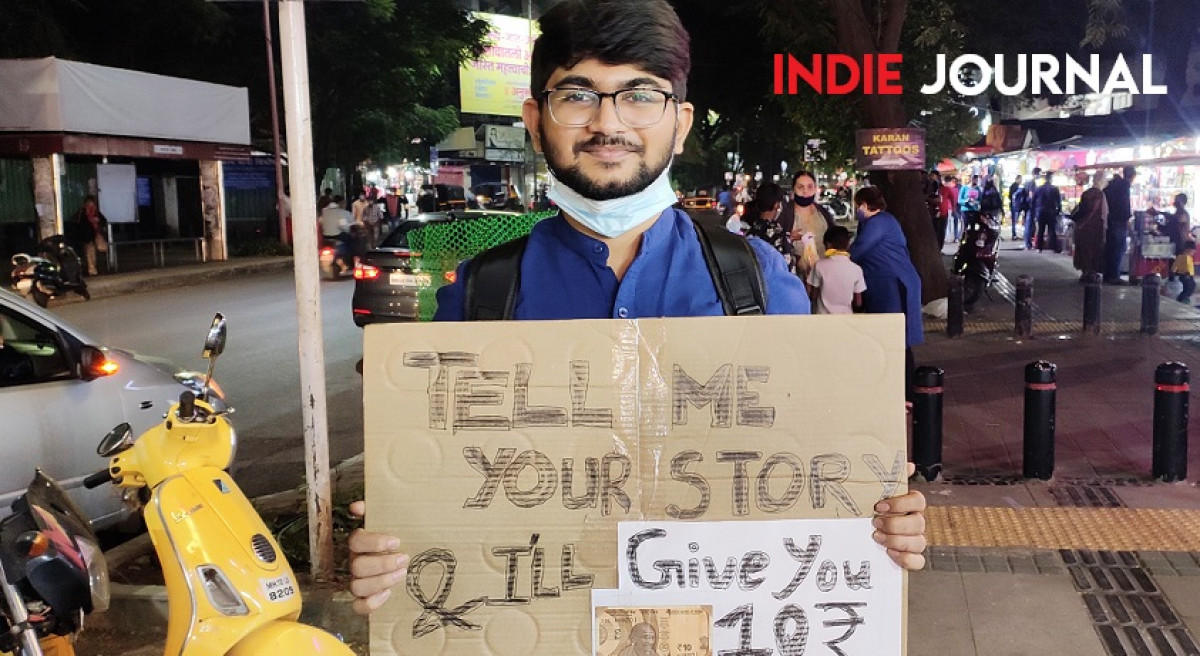India
Metro pillars might cause flooding: CWPRS report questions earlier green signal
Around 60 huge pillars are being built on a 1.45 km stretch of the Mutha river inside the blue line.

The Pune Metro project will put the entire city at risk of severe floods that will also cause irreparable damage to the city’s infrastructure, said MP Vandana Chavan in a press conference on Monday. Around 60 huge pillars are being built on a 1.45 km stretch of the Mutha river inside the blue line i.e. the prohibitive zone of the river. The pillars bear the potential to obstruct the natural flow of the river thus making the area more prone to floods, a study report published by the Central Water and Power Research Station (CWPRS) stated.
In 2016, a case was presented before the National Green Tribal (NGT) by Rajya Sabha member Anu Aga, and environmentalists, post which an expert committee was appointed by the NGT to assess the impact of the riverbed alignment. Speaking about this expert committee’s decision, urban flooding expert Sarang Yadwadkar stated, “Initially, the committee had reported that the metro pillars would cause a rise in flood levels by a maximum of a half-inch. Eight months later, in August 2018, the NGT cited this report and allowed the construction of the metro in this prohibitive zone. But in February 2019, the NGT’s order was challenged before the Supreme Court as petitions proved that the report was based on wrong river width assumptions given by Maha Metro Rail Corporation Limited (MMRCL), with almost 25 percent excess river width.” Following this, the expert committee advised that the CWPRS should conduct a new study to assess the actual rise in floods.
According to CWPRS’s study, with the construction of metro pillars, the water level would rise to a maximum of 15 inches in case of floods, as compared to the expert committee’s report of water levels rising by only half an inch. “The revelations of this study are extremely shocking. The afflux, which is the height of the water level, and the spread, which is the horizontal length of the area that water can cover, are much more than what was stated in the expert committee’s report. Our study shows that the metro pillars on the Mutha river make the city more prone to floods,” Yadwadkar said.
In her message, MP Anu Aga has said that The Energy and Resources Institute (TERI) report submitted to the Maharashtra Government in 2014 warns us that Pune is likely to receive 37.5 percent more rainfall with more occurrences of cloudbursts. “With a projected rainfall like this, and the stormwater flow of another 75,000 cusecs from the free catchment area in Khadakwasla, the water levels can increase substantially in case of floods,” Chavan said.
Questioning the MMCRL, Yadwadkar added, “The CWPRS has been operational for several decades now. Why weren’t we consulted initially to assess the data? We could have avoided wasting resources and making major modifications. Moreover, why did the MMRCL give incorrect data to the expert committee, who in turn did not even verify the river widths?” He further stated that the PMC and MMRCL disregarded their repeated reminders and went ahead with the riverbed alignment anyway. “Is this not a fraud at the cost of the lives of Punekars? Who is responsible for this?” Yadwadkar asked.
While the CWPRS has raised concerns about the metro project, it doesn’t have a firm solution to resolve the crisis, as Chavan repeatedly emphasised that MMRCL shall give a solution, since they committed the mistake. However, Yadwadkar suggested an alternative saying, “The 60 pillars should be shifted to JM Road. It won’t affect the length or width of the road. And, since it is a commercial area, there will be a considerable increase in the ridership of the metro.
Responding to these suggestions, Hemant Sonawane, Public Relations Officer of the Pune Metro project stated that not only will this solution entail cutting the age-old trees on JM Road, but it is also very late to shift the pillars now.
Stating the demands of CWPRS, Chavan said that MMRCL should provide scientific and acceptable solutions to bring down the flood levels to their original level, and should also bear the costs of any modifications required to implement these solutions. She also stated that while encroachments from the riverbed must be removed immediately to restore flood line positions, constructions should not be allowed within the prohibitive zone of the Mutha river at any time in the future.
“Every time there’s a flood, it’s the poor who suffer and face a huge loss. Who gave them the right to play with our lives? The administration has become habitual of playing with people’s lives by building faulty projects under the façade of development. It is this very tendency of the officials that we need to challenge,” the experts said.
While the CWPRS prepares a strategy for future meetings, the study has been submitted to MMCRL. According to Sonawane, the expert committee appointed by NGT is currently analysing this study, post which the fate of the Pune metro project can be decided.
Mayuresh Bhadsavle, an urban development researcher, has pointed out that while analysing the study to come up with solutions that can bring the flood levels under control, it is also vital to focus on damage control. “It is too late to make any major changes to the construction of the metro. However, civil engineering experts can be consulted to design a mechanism that can help control floods in a flood plain region like Pune. Moreover, questions also need to be raised about how the agencies and administration plan to help the poor who live in settlements. Because in case of a flood, while the poor struggle to save their lives and livelihoods, the administration will be engaging in a blame game, thus delaying any aide or strategic urban planning.”
Edit: Corrected where CWPRS was wrongly attributed a quote.





